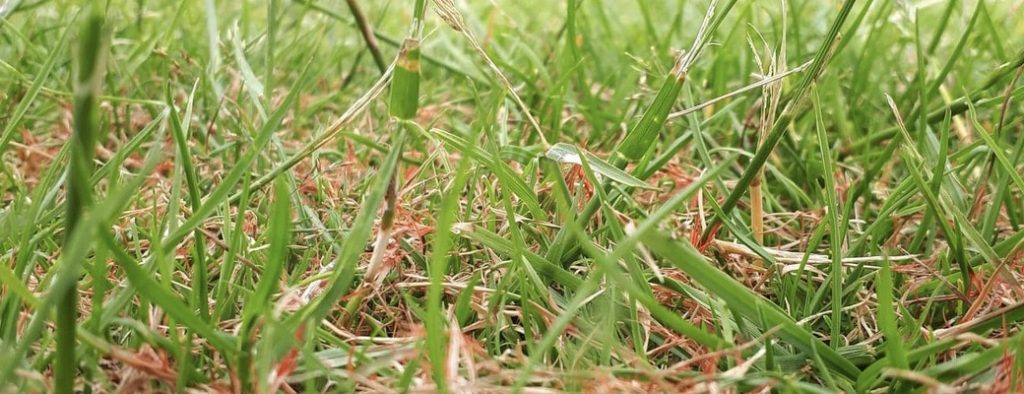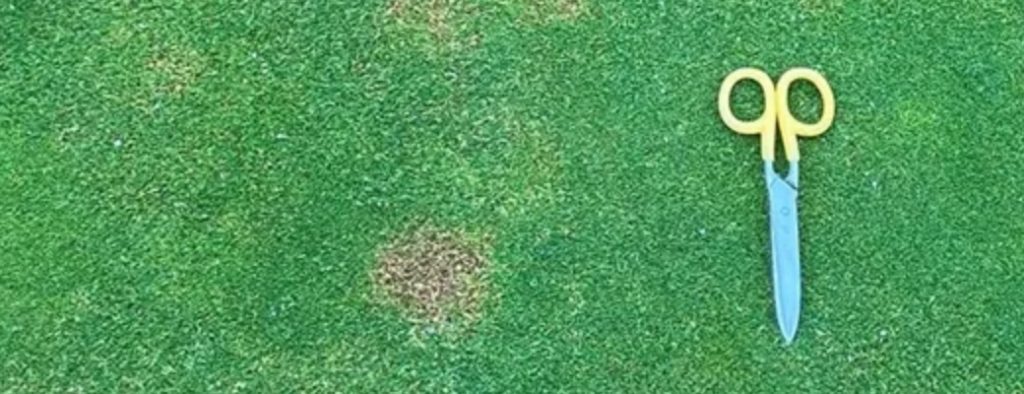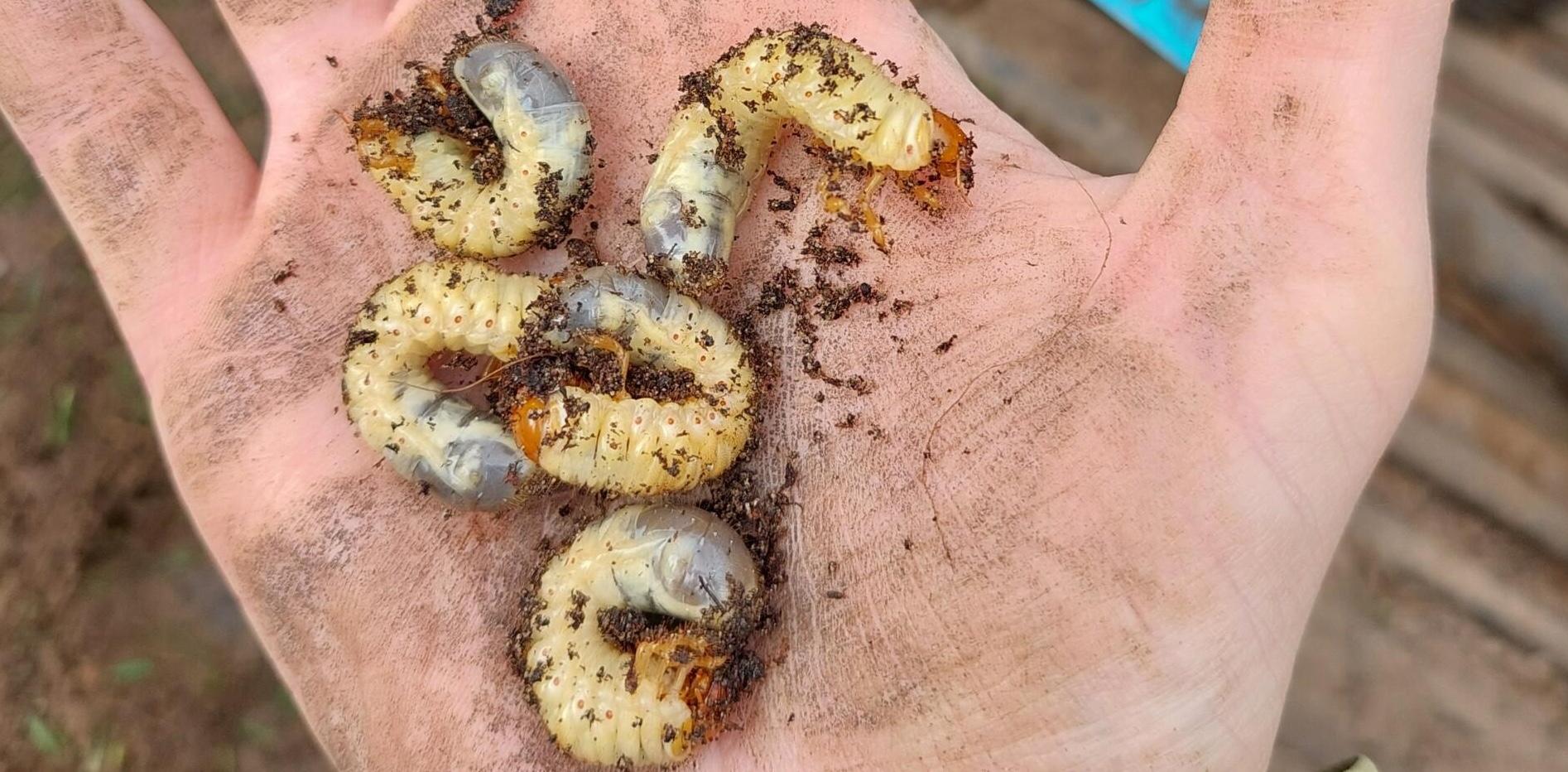Here's the 2nd Monthly FAQ blog. A run through of the questions that get thrown my way during the month. After all, if one person asks the question a lot of other people are thinking the same.
This month I'll be answering questions on Red Thread, Anthracnose, Acelepryn, GDD and Primo, our plans for Rescue (or not) and Tweet of the Month.
Enjoy!
Q: I'm seeing a lot of Red thread - What would you recommend?
It's that time of year when turf is stressed, weak and susceptible. Firstly I'd always say to look at your nutrition, Red thread is generally more prevalent in weak turf. An application of Nitrogen is often enough to reduce the pressure.

Instrata Elite now has Red Thread on the label so this on top of your Nitrogen application will give the best levels of control. Here's a blog on what goes into getting additional disease on a existing products label....
Q: My Anthracnose is rumbling along - what can I do?
Anthracnose is an annual challenge and whilst the damage shows itself during the backend of the summer the damage is done earlier in the year.
Here's a nice article we put together for Greenkeeper International....
I suspect this year the hot dry May with reduced maintenance was when the damage was done. Good maintenance practices and reducing stress through that period was the key to successful Anthracnose control this year.
This is certainly an area that needs increased work to understand the best integrated approaches to management.

However - if you have problems, you want to know where to turn - Instrata Elite is your best bet but it will only stop it progressing significantly further. The nature of Anthracnose means that if you can see damage then more plants will be infected and Instrata Elite will only protect the plants that how not yet been infected.
Q: Why aren't I allowed to purchase Acelepryn?
Yours faithfully, Bowls club captain / Proud lawn owner
I receive this question on a fairly regular basis. Acelepryn is currently under an Emergency approval and to achieve one of those you have to provide proof that there is a risk to life or serious economic concern.
It's applied for by industry (in this case ICL) not by us. I know there are a number of situations and timings we applied for that were refused.
To get it for all surfaces we need a full registration (application is in full flow but can take a number of years to achieve).
These calls are heartbreaking for me - particularly the small local sports clubs. I practically grew up in our village cricket club and that's where my love of turf started. I know what these clubs mean to the local communities. Seeing turf decimated by insects and potential loss of these playing surfaces leaves me feeling very uncomfortable.
However Regulations are Regulations and we continue to work our hardest get the right products for the right areas - as soon as we have some good news - we'll be sharing it with you.
Q: I'm using your GDD Calculator - Should I include the GDD figures for the day I apply Primo?
Our GDD calculator has really taken off - if you haven't given it a go take a look... Its an easy way to get a bit more out of your applications - In particular Primo. Check this blog out for more info.....
- If you're thinking about GDD to that level you're probably taking it a little too serious. I would generally recommend trying to achieve an application between 100 GDD and 150 GDD with 125 being the optimum.
- But if you want to get super precise about it, the GDD figure you see is a prediction for the day (effectively where you will sit at midnight that night).
- This figure is a computer generated model based on all sorts of data so it can forecast the days weather pretty accurately. Check a blog out on that one here.....

Q: So what interval should I use for Primo?
Simplest version - for the time strapped
- Cool weather – every 4 – 5 weeks
- Warm weather – every 10 – 14 days
- In the middle – In the middle
Easy Version - for those who want to get the best out of there Primo
Follow the GDD tool and set a threshold for 125 GDD but don't worry if you miss it by a few days either way.
Complex version - For those with time on there hands and plenty of staff
Follow the GDD tool, finetune your own threshold for between 100 and 150 GDD and keep tweaking until you know what works for your site. Be prepared though whilst this may completely optimise your applications it comes with challenges such as spray windows, GDD windows falling on the weekend and inevitable sprayer breakdowns at the wrong time!

Here's a great question from Dan at Whitgift school and he's pretty much answered his own question.
As the plant moves into a period of stress it's metabolism does slow. It will then start regulating its own growth.
When we put our GDD tool together we did have an option of a cut off temperature at the top end to build this kind of thing into it.
We decided not to use it as the traditional model that most of the industry is uses doesn't do this - so we felt it was step too far at this stage, however it is used that way in agriculture.
We also felt that the amount of times we hit these high temps in the UK didn't justify this addition. But maybe as the climate changes it's something we should consider?
This is also seen with drought. When applying Primo to fairways customers often report that they feel that they get a months growth suppression from Primo. It's possible suppression does last that long but it's likely to be a combination of drought and heat stress along with the Primo effect.
There's no data to support this - it would be almost impossible to quantify which stress was doing what - but you're right the high temperatures will have an impact.
Q: Any plans to reintroduce Rescue?
Sadly, there are no plans currently to reintroduce Rescue or a Rescue type product. For those of you unaware of Rescue it was a product that would remove Ryegrass and Yorkshire from the sward with no damage to the other grass species.
It needed to be reformulated as one of the adjuvants no longer fell within the regulations.
Rescue was a key product for a few people in the industry but unfortunately it was never adopted by the bulk of the industry.
Tweet of the month
Despite it being the first year not to hit 30 degrees in July (as of 24th July) the long term trend is very worrying.
Enjoy the summer holidays.




